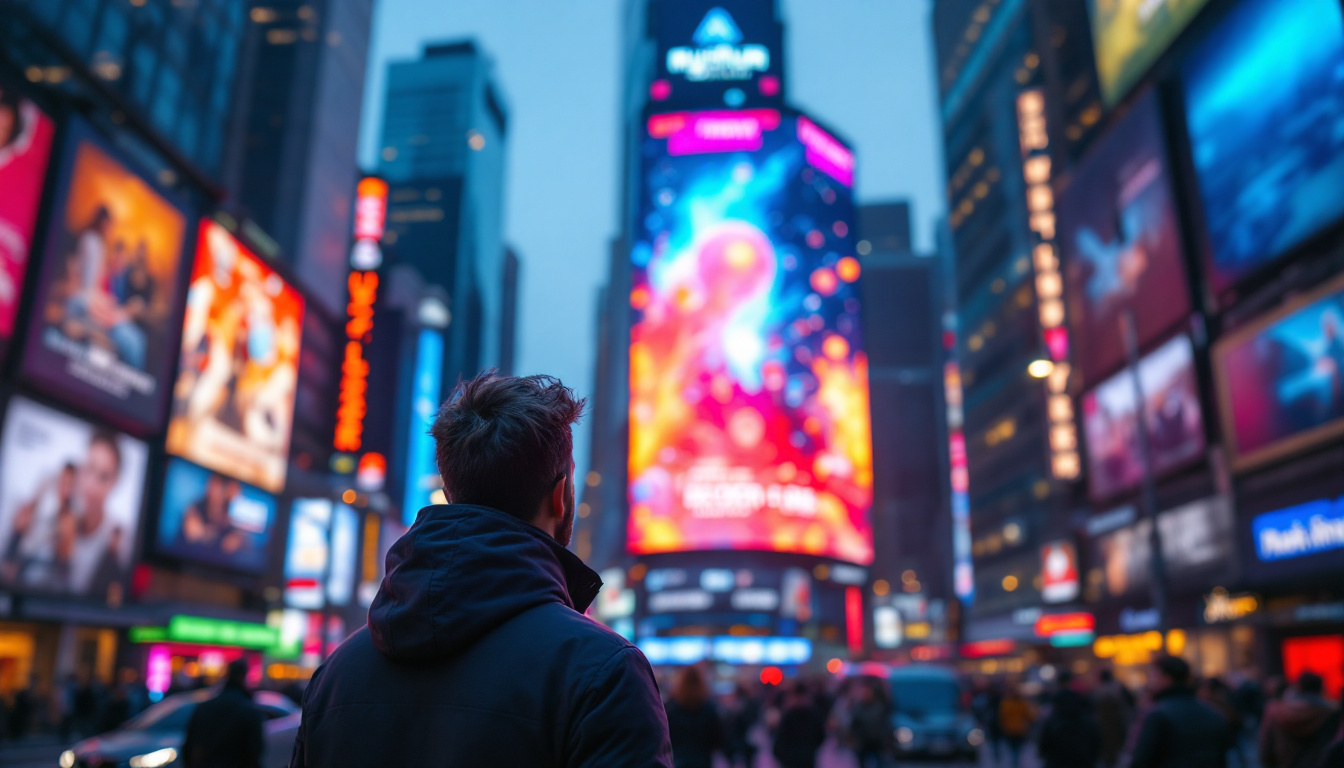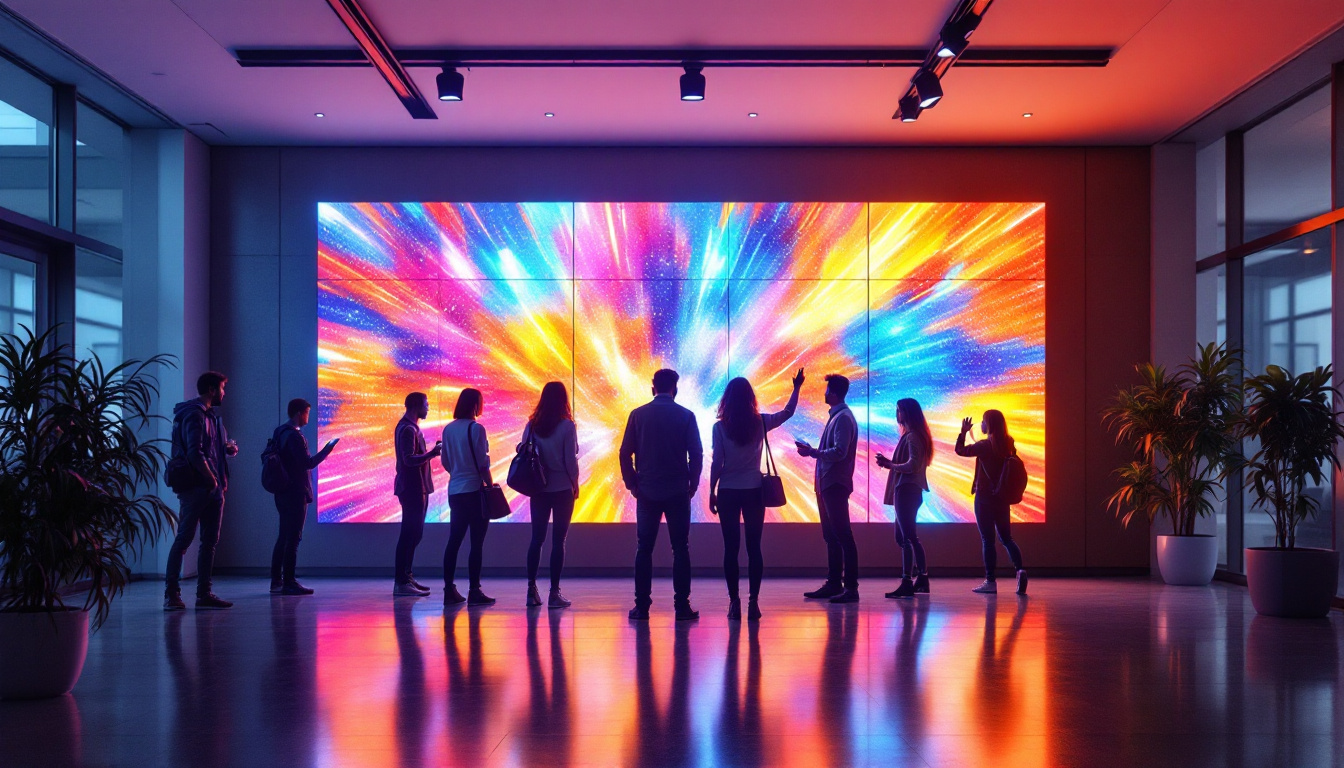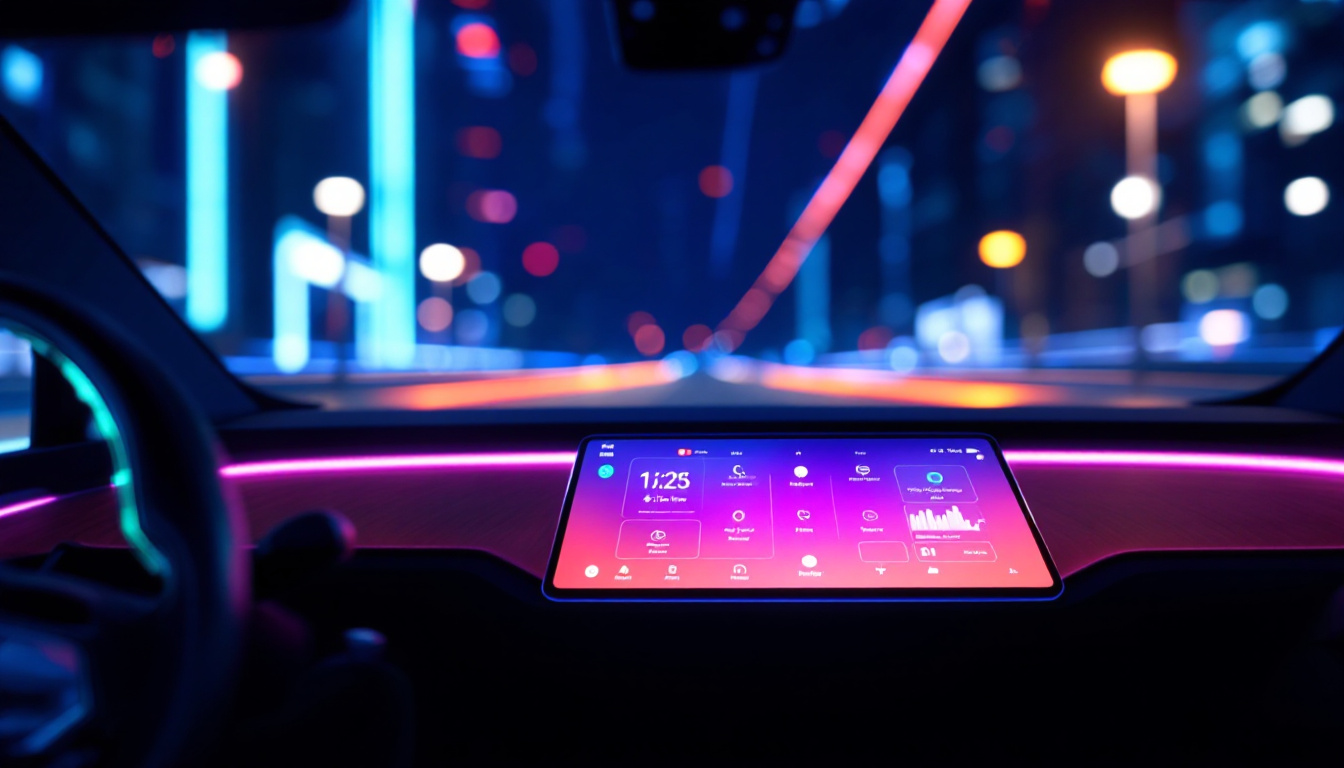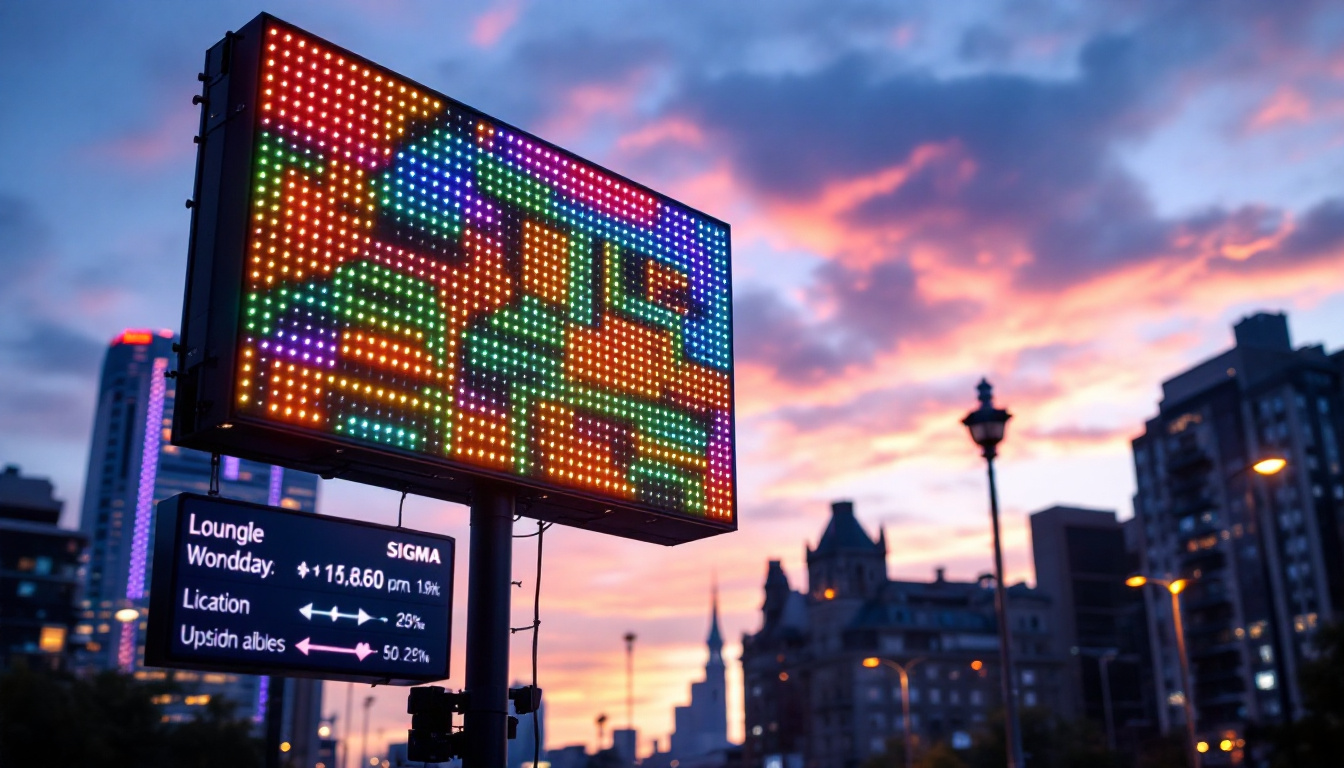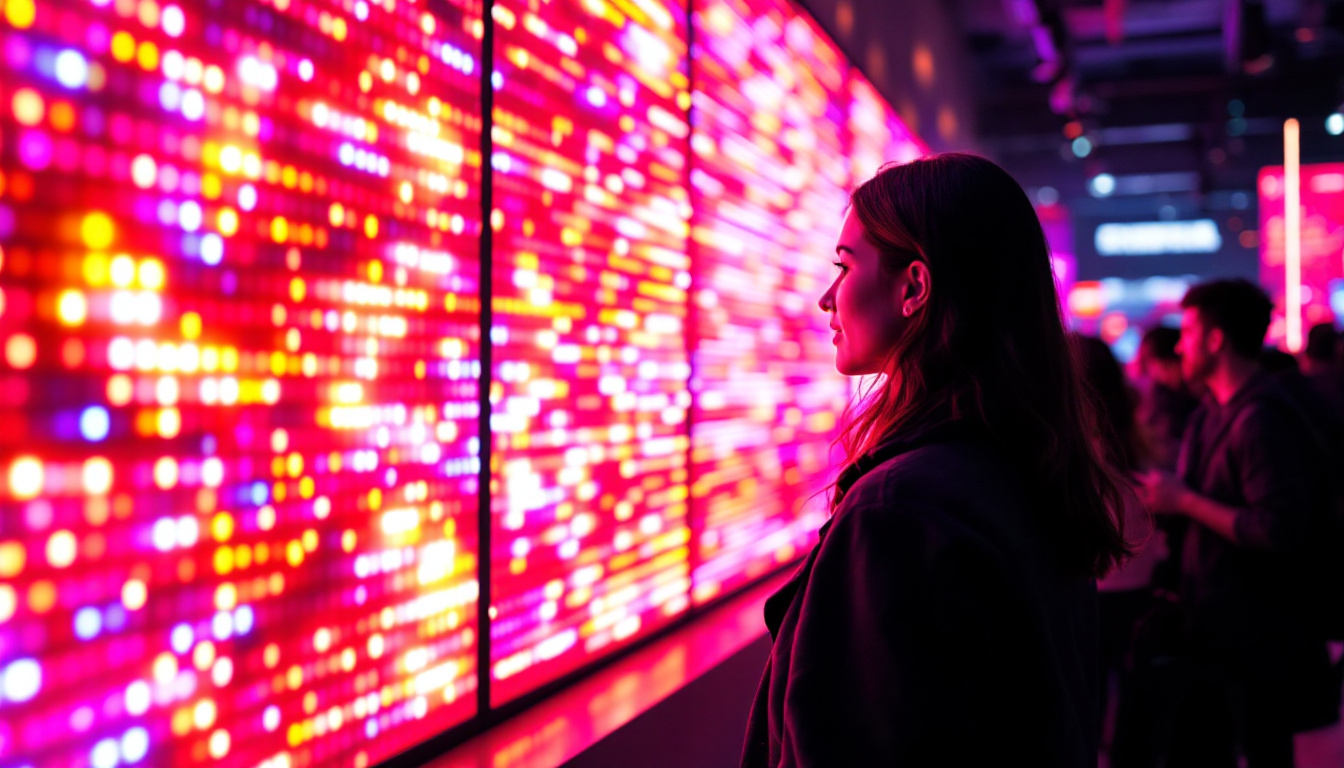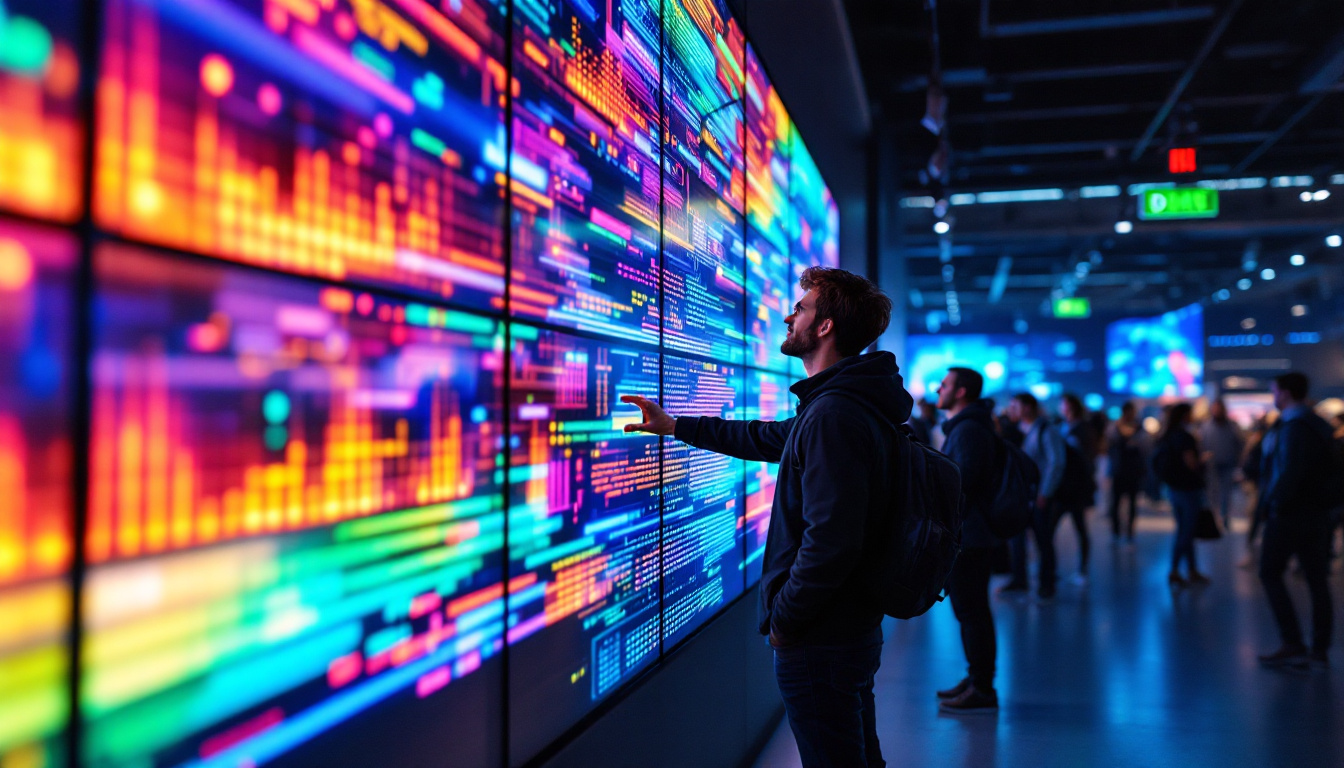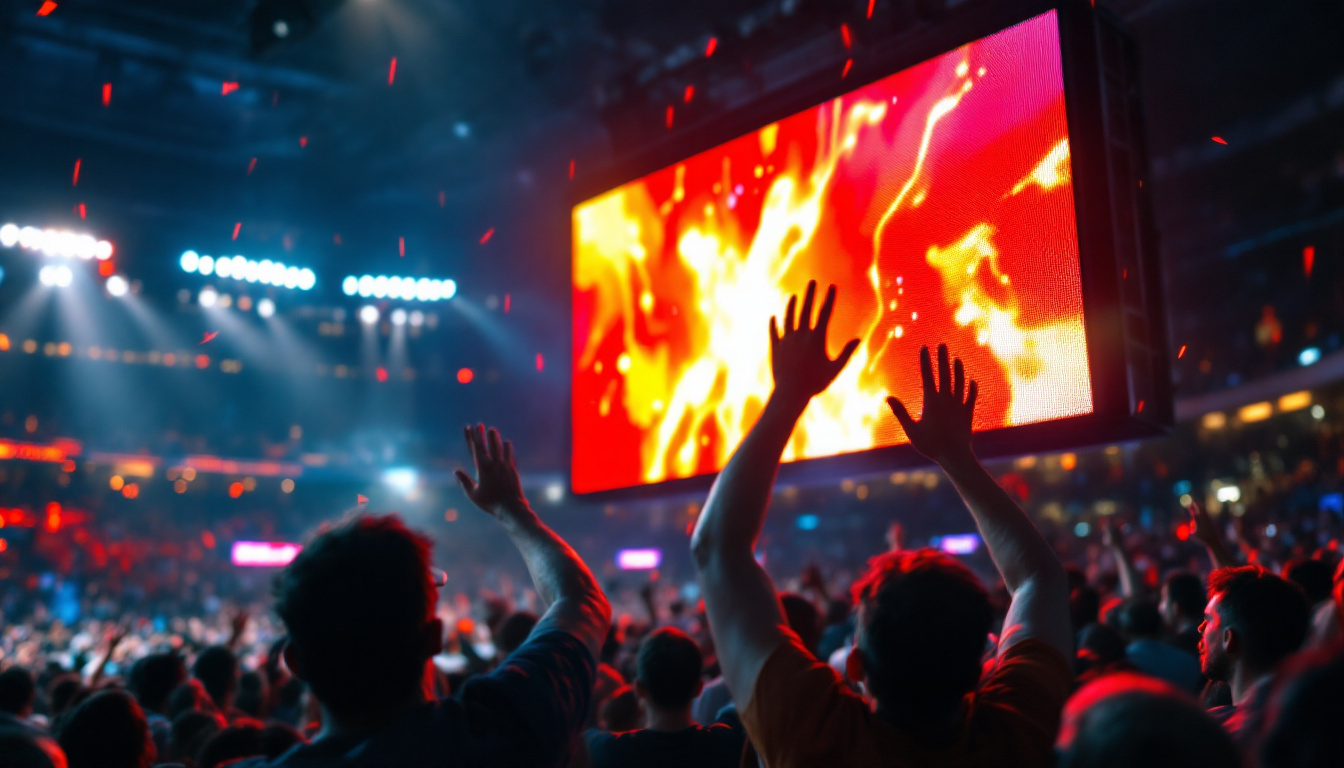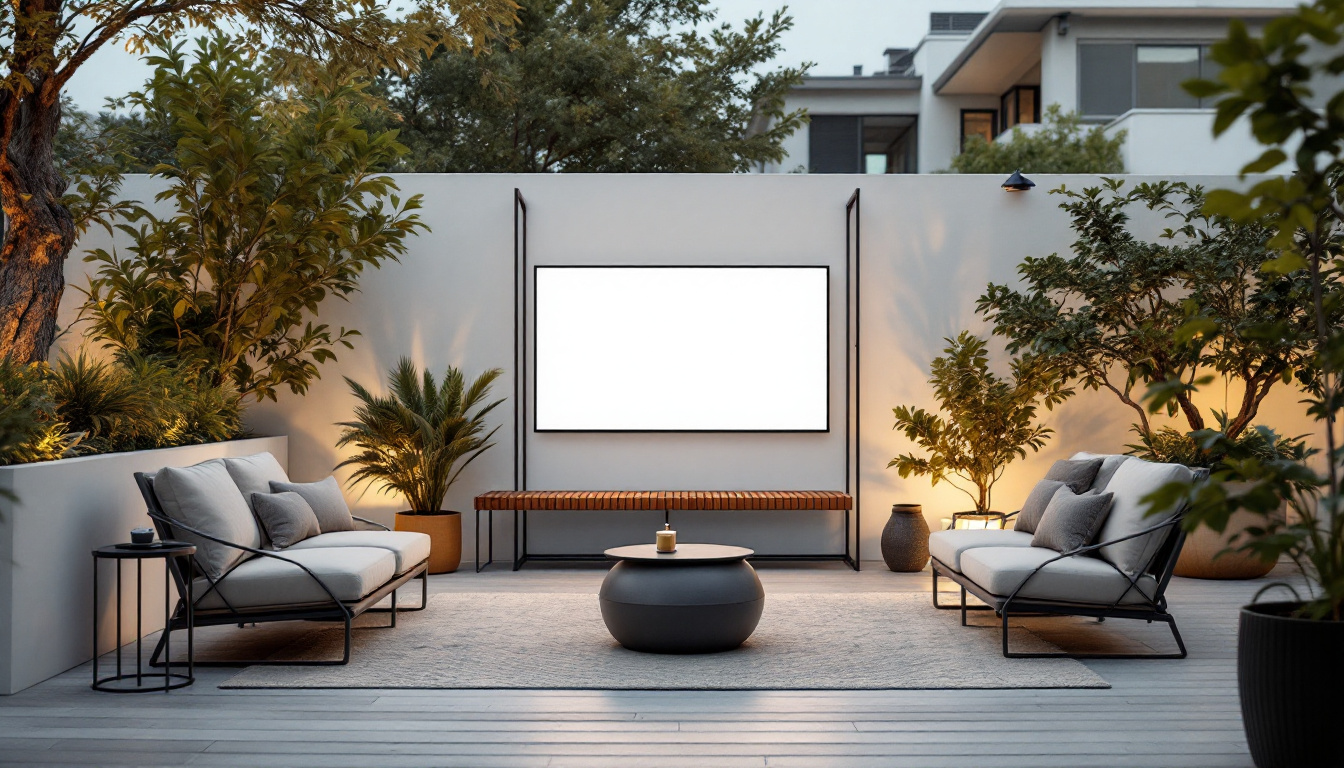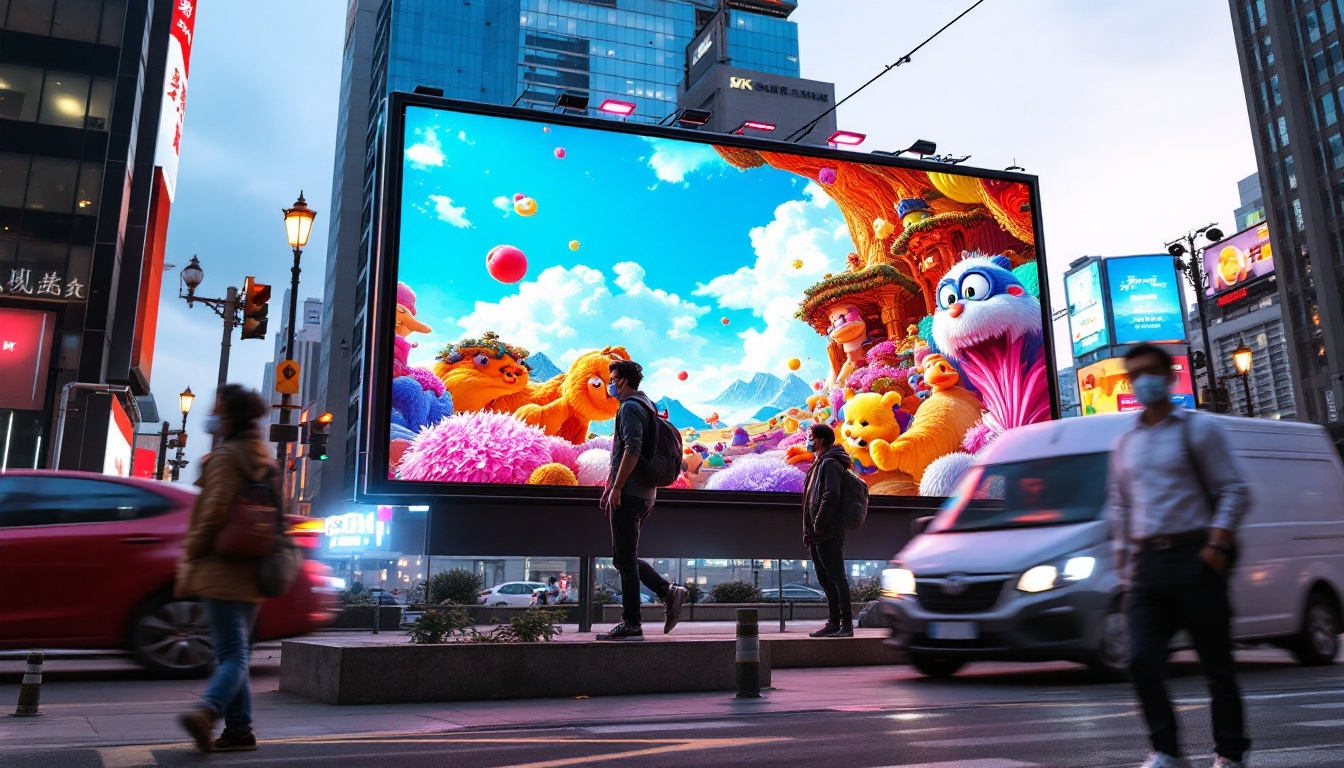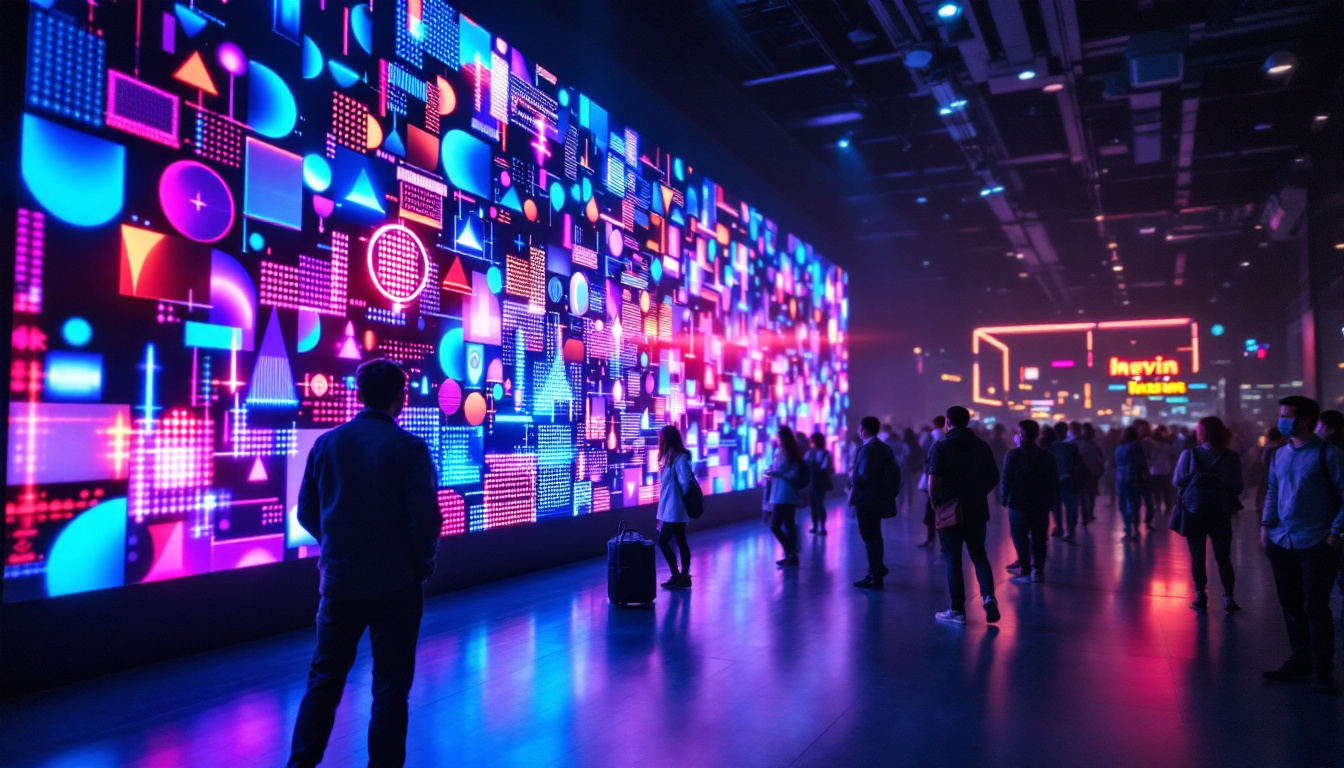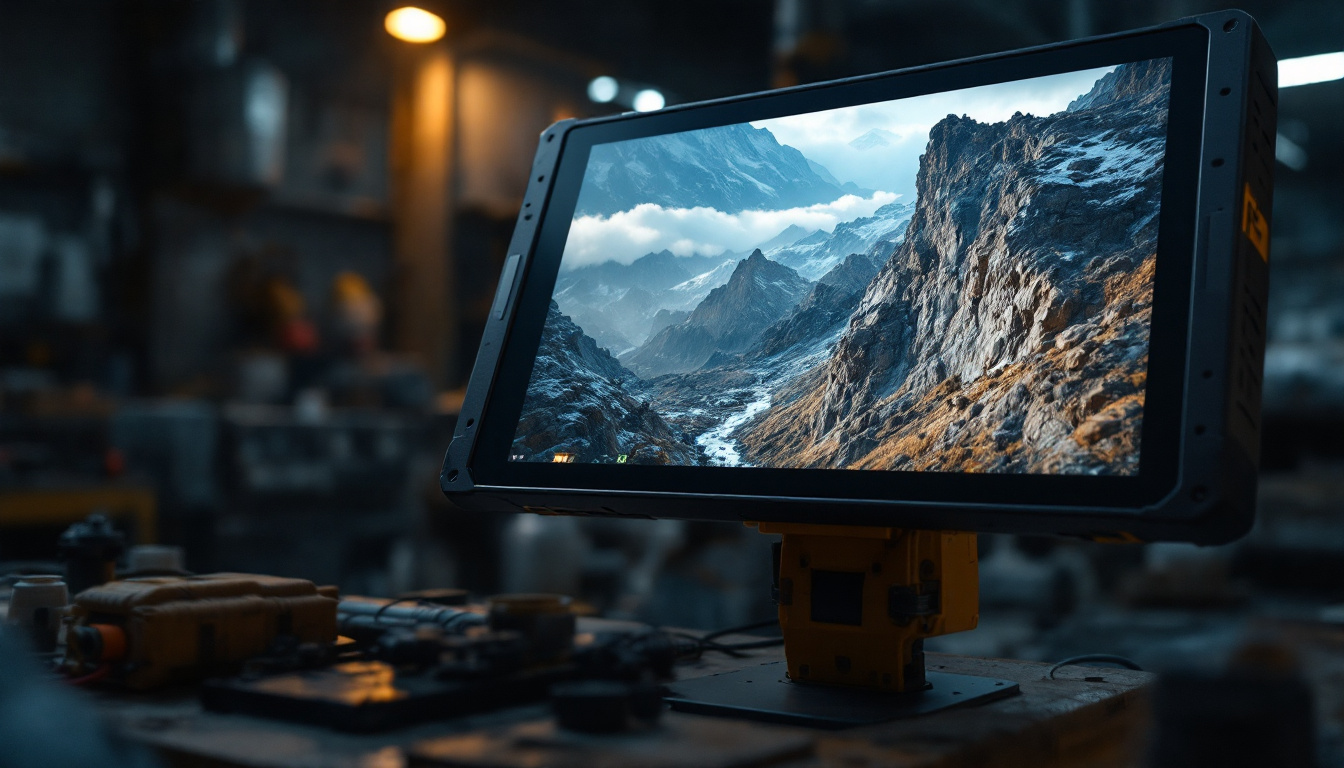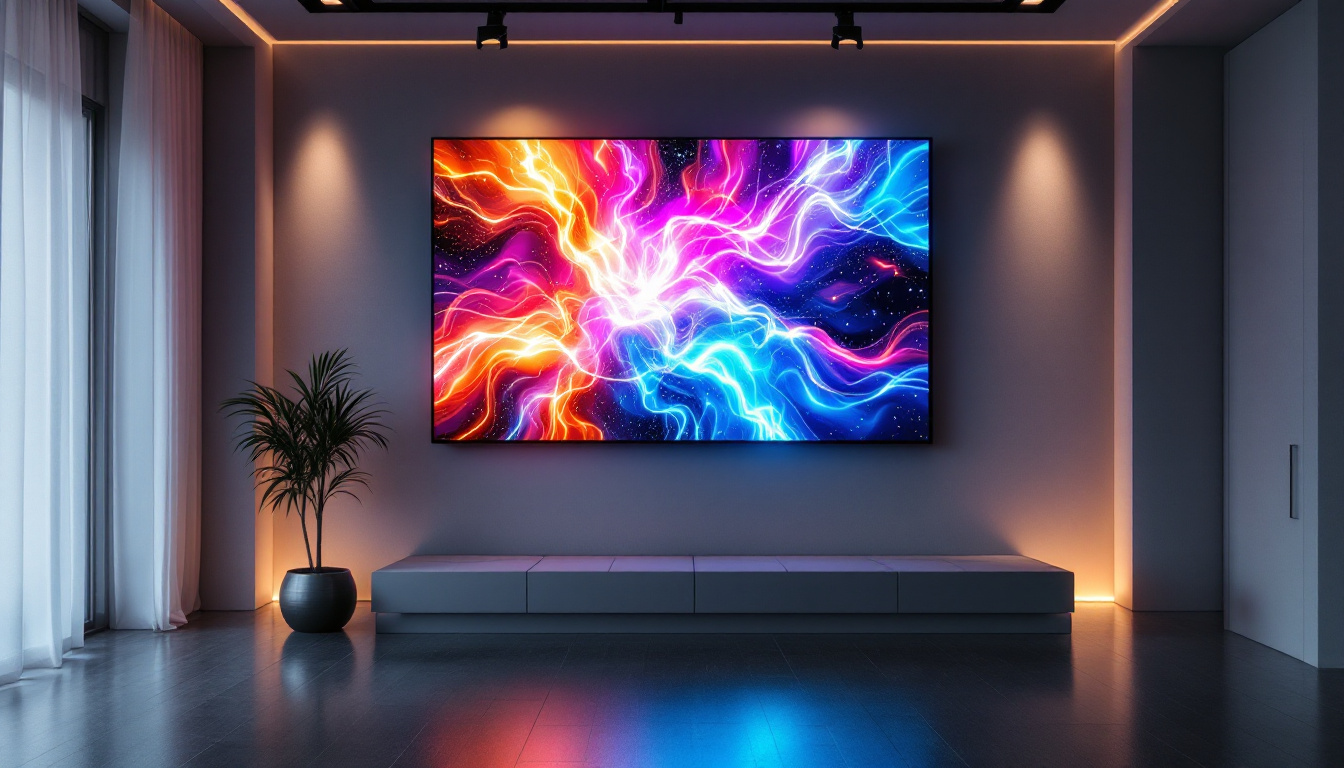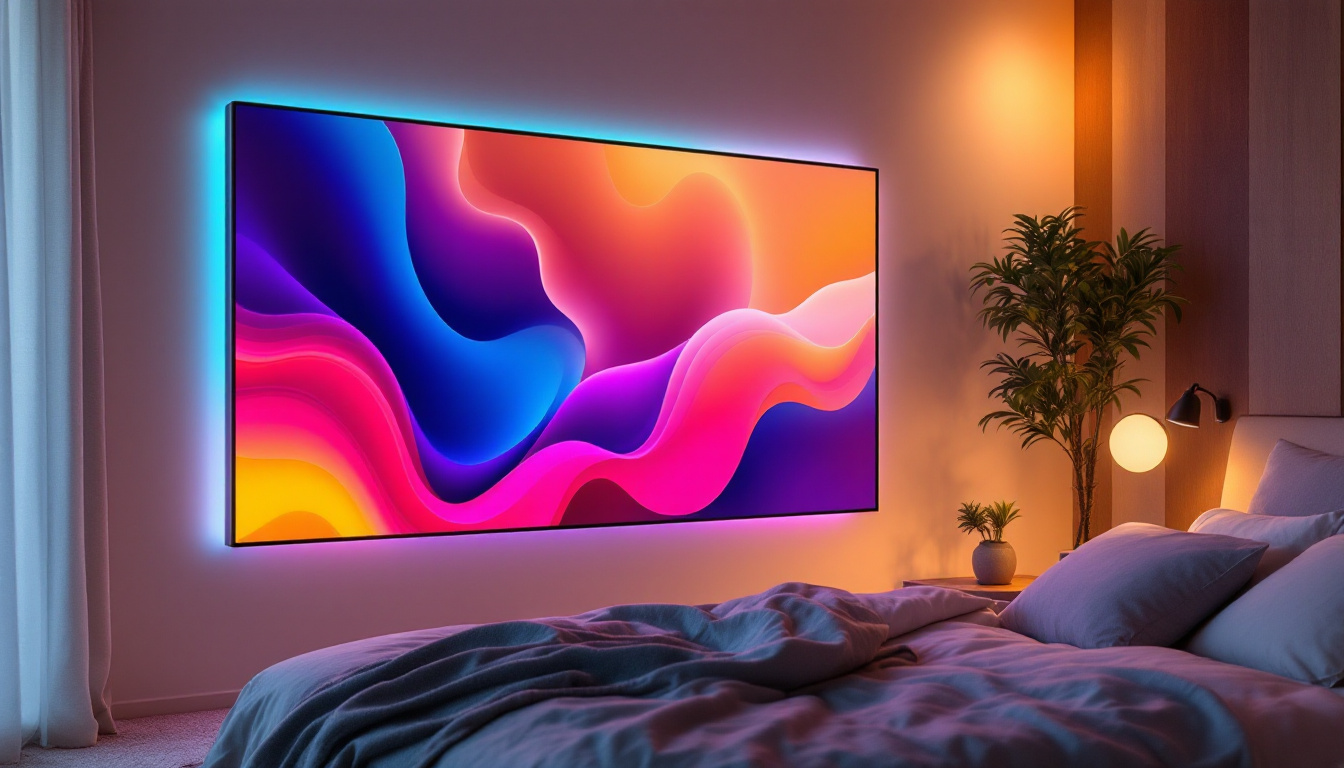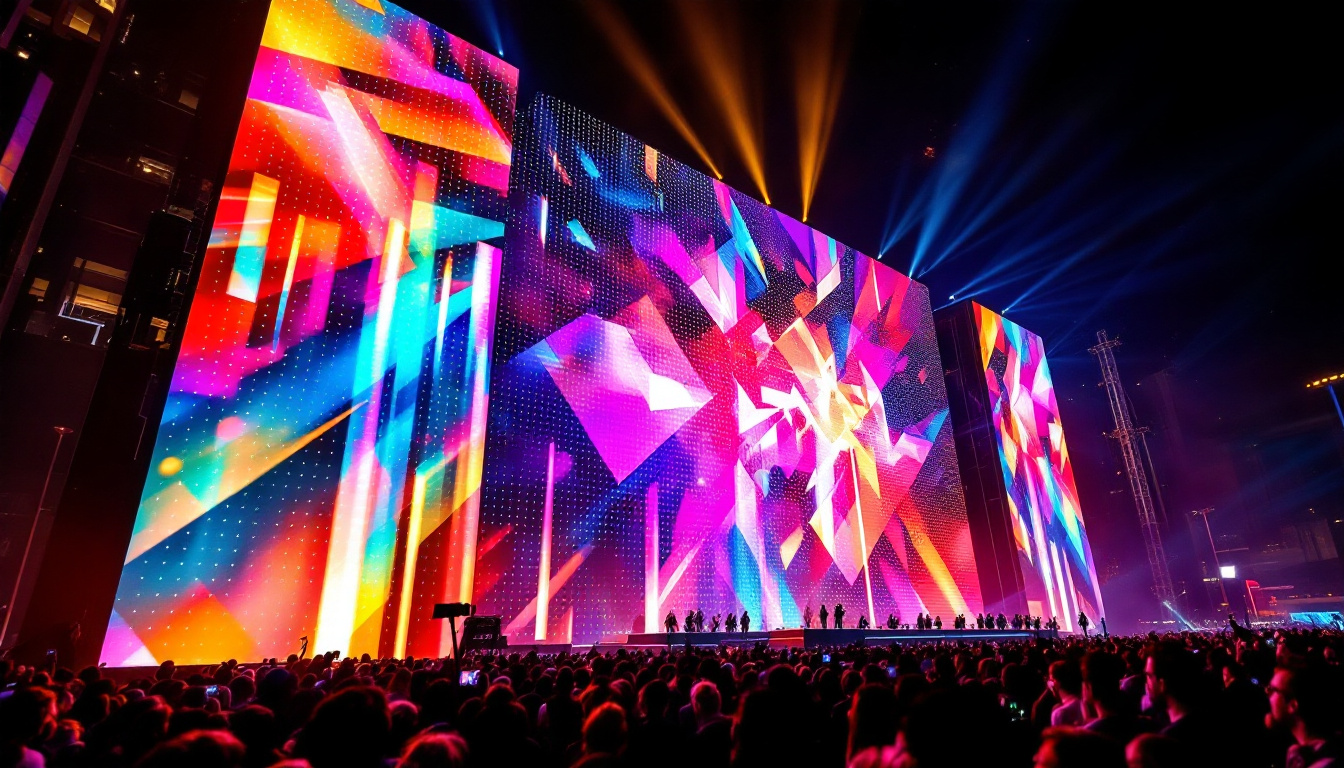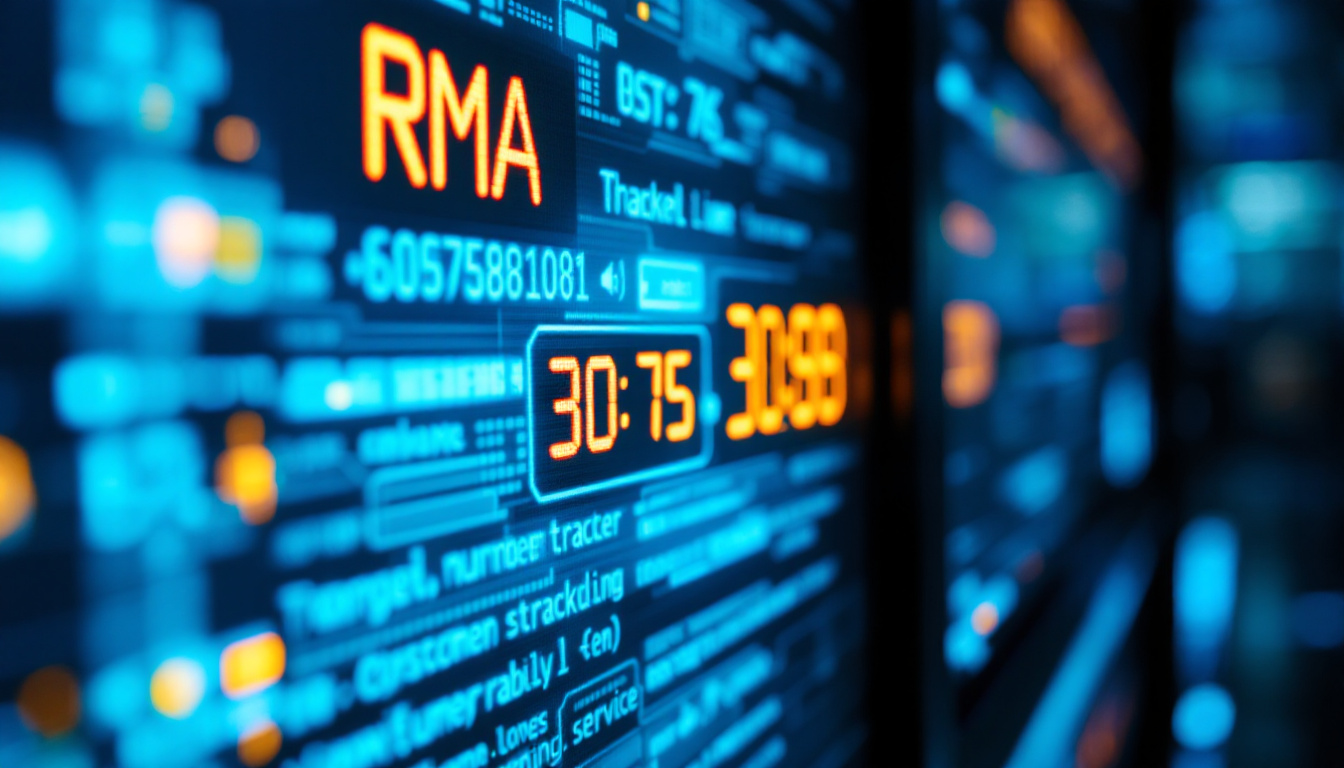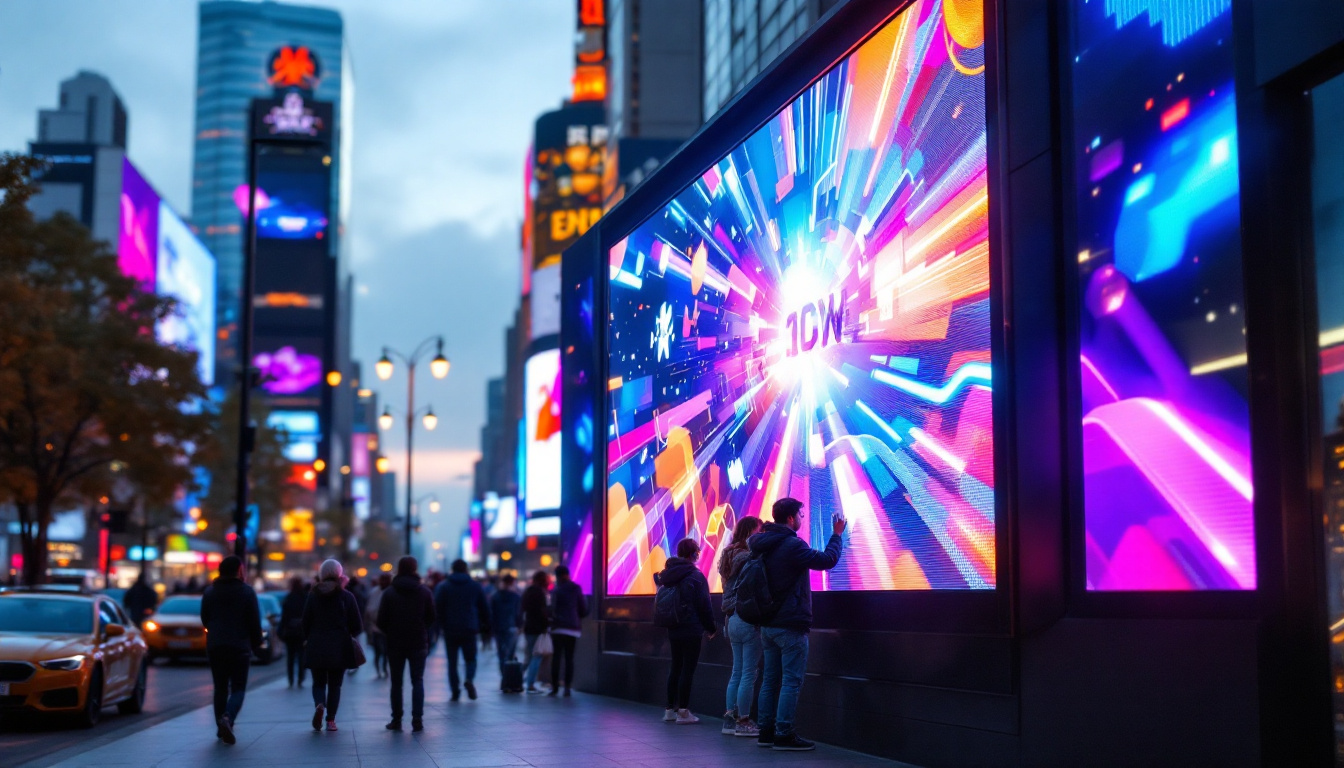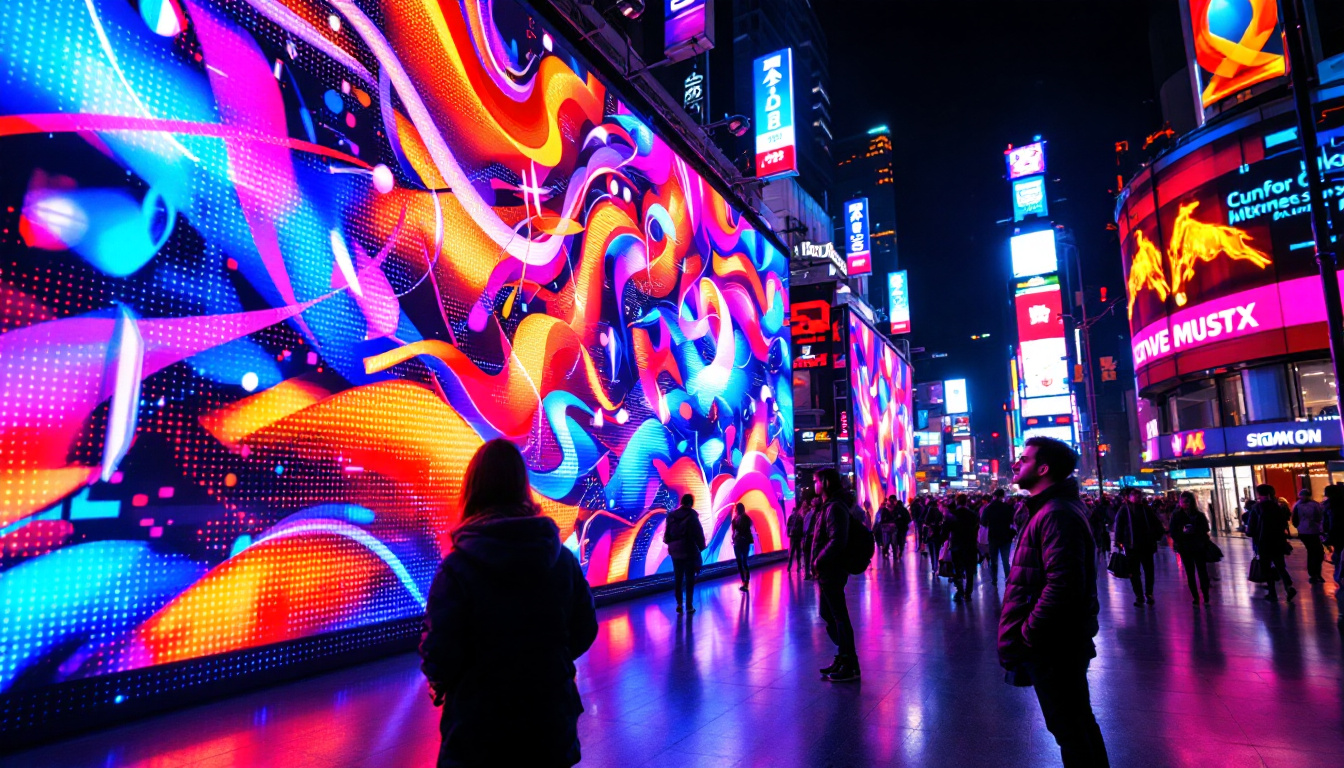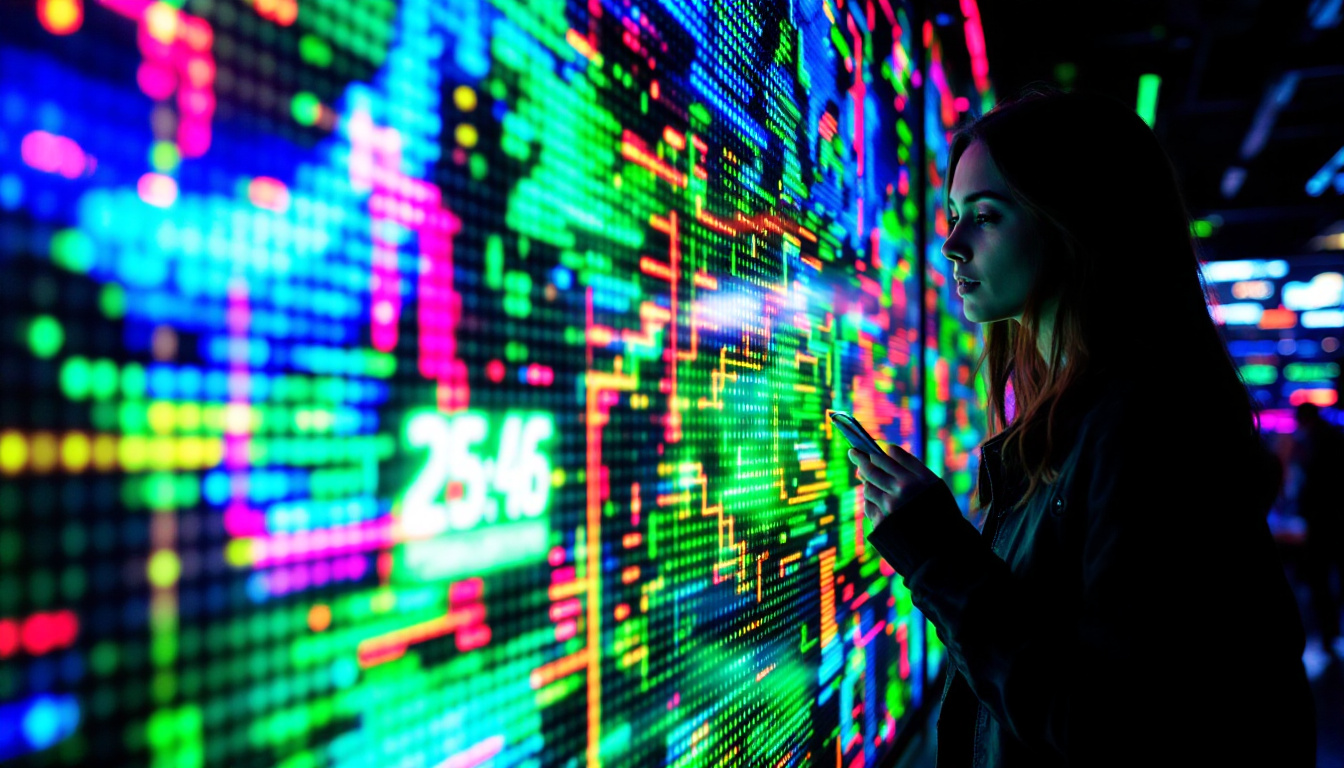In the modern world of advertising, the medium through which messages are conveyed has evolved dramatically. One of the most significant advancements in this field is the use of LED displays for advertisement TV screens. These screens have transformed how brands communicate with their audiences, offering vibrant visuals and dynamic content. This article delves into the intricacies of LED displays, their advantages, and their impact on advertising strategies.
Understanding LED Technology
Light Emitting Diodes (LEDs) are semiconductor devices that emit light when an electric current passes through them. This technology has become the backbone of modern display systems, particularly in advertising. Unlike traditional LCD screens, LED displays use a matrix of tiny LEDs to create images, resulting in brighter and more vivid visuals. The efficiency of LEDs also contributes to their popularity, as they consume significantly less power compared to incandescent or fluorescent lighting, making them an environmentally friendly option.
The Basics of LED Displays
LED displays consist of numerous small LED lights arranged in a grid. Each pixel is made up of red, green, and blue LEDs, which combine to produce a full spectrum of colors. The brightness and clarity of these displays make them ideal for outdoor advertising, where visibility is crucial. In addition to their vibrant colors, LED displays are capable of producing dynamic content, such as animations and videos, which can capture the attention of passersby more effectively than static images.
Moreover, LED displays can be configured in various shapes and sizes, allowing for flexibility in design and placement. This adaptability makes them suitable for a range of advertising environments, from large billboards to smaller screens in retail spaces. The modular nature of LED technology means that screens can be easily expanded or reconfigured, enabling businesses to tailor their advertising strategies to fit specific campaigns or seasonal promotions.
Types of LED Displays
There are several types of LED displays, each designed for specific applications. The most common types include:
- Indoor LED Displays: These are typically used in shopping malls, airports, and theaters. They offer high resolution and are designed for close viewing. Their ability to display high-definition content makes them perfect for engaging audiences in environments where attention to detail is paramount.
- Outdoor LED Displays: Built to withstand the elements, these displays are used for billboards and large advertising screens in public spaces. They are brighter and more durable than indoor models, often featuring weatherproof casings and enhanced cooling systems to ensure optimal performance in varying temperatures.
- Transparent LED Displays: These innovative displays allow light to pass through, making them ideal for window displays without obstructing the view. This feature not only enhances the aesthetics of storefronts but also enables retailers to showcase products while simultaneously advertising promotions, effectively merging functionality with visual appeal.
Additionally, there are specialized LED displays such as flexible LED screens that can bend and curve to fit unique spaces, and interactive LED displays that engage users through touch or motion sensors. These advancements in LED technology continue to push the boundaries of creativity in advertising, allowing brands to create immersive experiences that resonate with consumers on a deeper level. As the technology evolves, we can expect even more innovative applications that will redefine how we perceive visual communication in our daily lives.
Advantages of LED Displays in Advertising
The shift towards LED displays in advertising is driven by several compelling advantages that these technologies offer. From enhanced visibility to cost-effectiveness, LED displays are reshaping the advertising landscape.
Enhanced Visibility and Brightness
One of the standout features of LED displays is their brightness. They can produce vibrant colors and high contrast ratios, making advertisements stand out even in direct sunlight. This level of visibility is crucial for outdoor advertising, where competition for attention is fierce.
Additionally, LED displays can be viewed from long distances, making them effective for large-scale advertising campaigns. The ability to attract attention from afar increases the chances of engaging potential customers. This is particularly beneficial in urban environments where numerous distractions vie for the audience’s attention. The strategic placement of LED displays in high-traffic areas ensures that brands can reach a wider audience, maximizing their advertising impact.
Dynamic Content Capabilities
LED displays allow for dynamic content that can be updated in real-time. Advertisers can change messages, images, and videos instantly, enabling them to respond to market trends or promote time-sensitive offers. This flexibility is a significant advantage over traditional static billboards, which require time and resources to update.
Moreover, the ability to display video content enhances engagement. Moving visuals can capture attention more effectively than static images, making LED displays a powerful tool for storytelling and brand promotion. Interactive elements can also be integrated, allowing viewers to engage with the content through their smartphones or other devices. This interactivity not only increases viewer engagement but also provides valuable data on customer preferences and behaviors, enabling advertisers to tailor their campaigns more effectively.
Cost-Effectiveness and Longevity
While the initial investment in LED technology can be higher than traditional displays, the long-term savings are notable. LED displays consume less energy, leading to reduced operational costs. Additionally, they have a longer lifespan, often exceeding 100,000 hours, which means fewer replacements and maintenance costs over time.
This combination of lower energy consumption and extended durability makes LED displays a cost-effective solution for advertisers looking to maximize their return on investment. Furthermore, the decreasing cost of LED technology over recent years has made it more accessible for businesses of all sizes. As more companies adopt LED displays, the competitive landscape shifts, encouraging innovation and creativity in advertising strategies, ultimately benefiting consumers with more engaging and diverse advertising experiences.
Applications of LED Displays in Advertising
LED displays have found applications across various industries, revolutionizing how brands connect with consumers. From retail to entertainment, the versatility of LED technology is evident.
Retail Advertising
In the retail sector, LED displays are used to showcase products, promote sales, and enhance the shopping experience. They can be strategically placed at entrances, in windows, or throughout the store to capture customer attention.
Interactive LED displays are also gaining popularity, allowing customers to engage with content directly. For instance, touch-screen LED displays can provide product information, promotional offers, or even virtual try-on experiences, enhancing customer interaction and satisfaction.
Event and Venue Advertising
LED displays are a staple in event marketing, providing dynamic content that can enhance the atmosphere of concerts, sports events, and trade shows. Large LED screens can display live feeds, sponsor advertisements, and promotional videos, creating an immersive experience for attendees.
Furthermore, the ability to change content quickly allows event organizers to keep the audience informed and engaged throughout the event, maximizing advertising opportunities.
Challenges and Considerations
Despite their many advantages, the use of LED displays in advertising does come with challenges that advertisers must consider. Understanding these challenges can help businesses make informed decisions about their advertising strategies.
Initial Investment Costs
While LED displays offer long-term savings, the initial investment can be significant. Businesses must carefully evaluate their budget and consider the potential return on investment when deciding to implement LED technology.
Additionally, the costs associated with installation and maintenance should also be factored into the overall budget. Partnering with experienced professionals can help mitigate these costs and ensure a successful implementation.
Content Management
Managing content for LED displays can be complex, especially for businesses with multiple locations or campaigns. Effective content management systems are essential to ensure that the right messages are displayed at the right times.
Investing in a robust content management solution can streamline this process, allowing advertisers to schedule and update content efficiently. This ensures that the displays remain relevant and engaging for the target audience.
The Future of LED Displays in Advertising
The future of LED displays in advertising looks promising, with continuous advancements in technology paving the way for even more innovative applications. As brands seek to create more engaging and immersive experiences for consumers, LED displays will play a pivotal role in shaping advertising strategies.
Integration with Smart Technology
As smart technology becomes more prevalent, the integration of LED displays with other digital platforms will enhance advertising capabilities. For instance, combining LED displays with data analytics can provide insights into consumer behavior, allowing for more targeted advertising.
This integration can also facilitate real-time updates based on external factors, such as weather or local events, making advertisements more relevant and timely.
Environmental Considerations
With increasing awareness of environmental issues, the advertising industry is also focusing on sustainability. LED displays are more energy-efficient than traditional displays, but there is still room for improvement.
Future developments may include the use of recyclable materials and energy-efficient technologies, further reducing the environmental impact of LED advertising. Brands that prioritize sustainability in their advertising strategies will likely resonate more with eco-conscious consumers.
Conclusion
LED displays have revolutionized the advertising landscape, offering unparalleled visibility, dynamic content capabilities, and cost-effectiveness. As technology continues to evolve, the applications of LED displays will expand, providing brands with innovative ways to connect with their audiences.
While challenges exist, the benefits of LED displays far outweigh the drawbacks, making them a valuable asset in modern advertising strategies. As businesses embrace this technology, they will be better positioned to capture attention, engage consumers, and drive sales in an increasingly competitive market.
In conclusion, the future of advertising is bright, and LED displays are at the forefront of this transformation. By understanding the intricacies of LED technology and its applications, advertisers can harness its full potential to create impactful and memorable campaigns.
Illuminate Your Brand with LumenMatrix
Ready to elevate your advertising strategy with the brilliance of LED technology? Discover LumenMatrix’s comprehensive range of LED display solutions, from the vibrancy of Indoor and Outdoor LED Wall Displays to the innovation of Vehicle and Transparent LED Displays. Embrace the future of visual communication with our Custom, All-in-One, and Floor LED Displays, designed to captivate your audience and amplify your message. Check out LumenMatrix LED Display Solutions today and transform your brand’s presence with clarity and impact.

